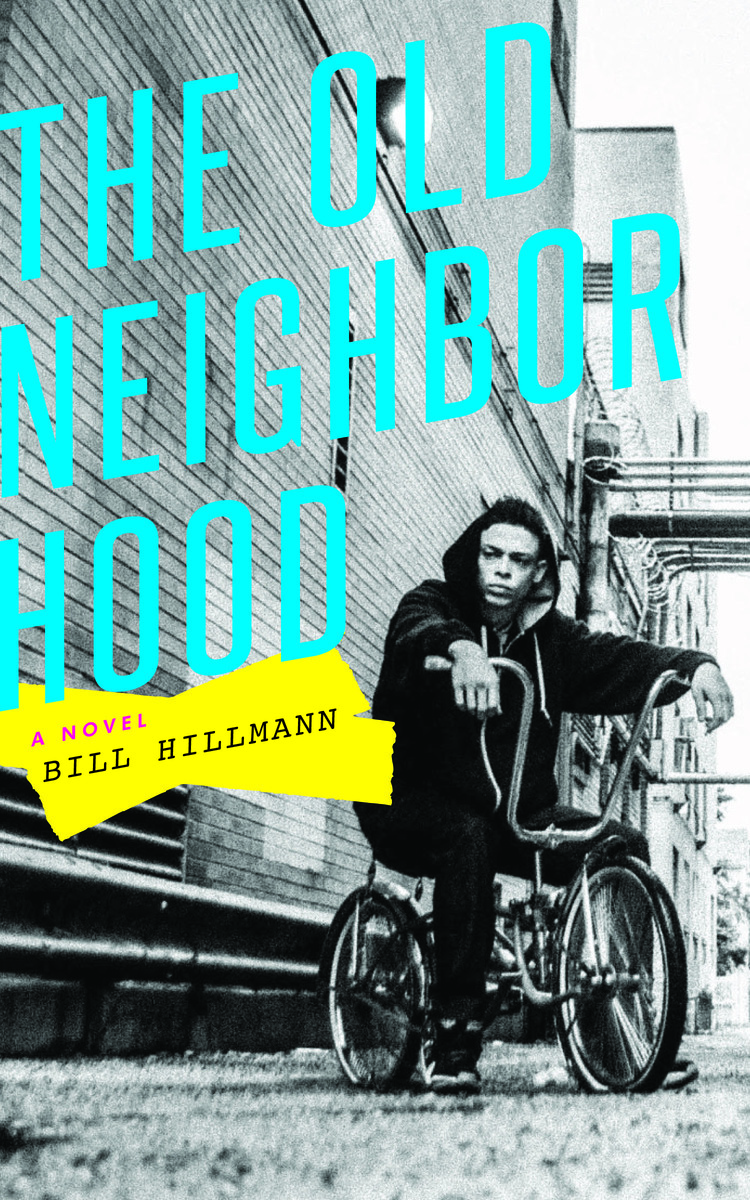Black People Have Every Right to Distrust You For Being Light SkinnedPosted in Articles, Media Archive, Social Justice, United States on 2016-10-18 23:43Z by Steven |
Black People Have Every Right to Distrust You For Being Light Skinned
Radical Faggot
2016-10-17
rad fag (Benjamin Hart)
My dad is Black and from the US. My mom is Scottish-Irish. I came out very light skinned. For most of my early childhood I was universally read as white. It wasn’t until I hit puberty and entered into a largely Puerto Rican middle school that I started being seen as Latino—a shock both because I am not, but also because I had rarely been identified by others as a person of color before.
Though I grew up in a somewhat racially and economically diverse neighborhood, my family is wealthy. My class status in addition to my light skin called my Blackness into constant question in class, in my after school program, and wherever else I met other Black people. Most of the slang and cultural cues I picked up to help me fit in were learned from friends, neighbors and Black popular culture, because they were not present in my household.
In Chicago where I currently live, other Black people usually do not acknowledge me. On my way to the train, passing folks on the sidewalk, there is usually no eye contact made, no attempt at a connection. Only when I am walking with my roommate, or another Black friend are the acknowledgements—head nods, handshakes, good afternoons—directed towards me through proximity. The racial context I inhabit changes quickly based on who I’m standing with, talking to, or whose arm is linked in mine.
In the youth work I do—both professionally and as an independent community member—I often reach out to other light-skinned, half-white and white-passing young people. I see them grappling with identity, self-acceptance, with where they fit into the larger Black community, and the struggles currently renting that community apart. I try my best to hold their pain, make room for their confusion, while also underlining the most important thing I can teach them: Being light skinned is a privilege, not a struggle…
Read the entire article here.




